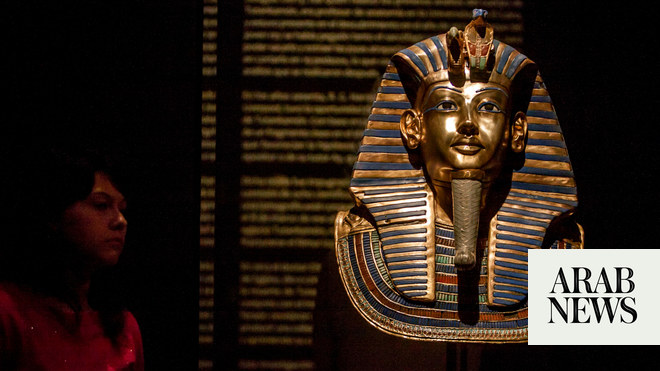
One of the most shocking chapters of medieval history, embracing royalty, power, sacrilege and bloodshed, is to be told through the UK’s first major exhibition on the life, death and legacy of Thomas Becket, opening at the British Museum this spring.
Its centrepiece is a stained glass window from Canterbury Cathedral, the scene of the priest’s brutal murder by four knights loyal to King Henry II in 1170. The 6-metre-high window, originally one of 12 ”miracle” windows created in the early 1200s, has never before left the cathedral nor been seen at eye level by the public.
The exhibition, marking the 850th anniversary of Becket’s gruesome murder in the crypt of Canterbury cathedral, was originally scheduled for October last year but postponed because of the Covid pandemic. Hartwig Fischer, the British Museum’s director, said he was hopeful the exhibition would run for four months from 22 April.
As well as the window, Thomas Becket: Murder and the Making of a Saint will include reliquaries, pilgrims’ souvenirs, illuminated manuscripts, sculpture, jewellery and a wax impression of Becket’s personal seal. Some are rare loans from institutions across the UK and Europe and are being brought together for the first time.
Lloyd de Beer, co-curator of the exhibition, said: “The violent death of Thomas Becket is the ultimate true crime story. It’s a real-life tale as dramatic as Game of Thrones, and we’re going to lead visitors through every twist and turn of this remarkable plot. There’s drama, fame, royalty, power, envy, retribution, and ultimately a brutal murder that shocked Europe.”
Becket was appointed archbishop of Canterbury in 1161 by his friend King Henry II, who wanted an ally in the crown’s power struggle with the church. Almost overnight, Becket turned extremely pious, donning a sackcloth shirt, consuming only bread and water, spurning riches and staunchly defending the faith.
He and the king clashed over the supremacy of church and state, and Becket was forced into exile after being accused of treachery. A few years later, he returned but swiftly angered Henry by excommunicating the archbishop of York who had sided with the king against Rome. Henry allegedly exclaimed: “Will no one rid me of this turbulent priest?”
On 29 December 1170, four knights entered the cathedral and hacked Becket to death in front of the high altar, creating an instant martyr. He was canonised just two years later and his shrine became a magnet for pilgrims across Europe, inspiring Chaucer’s Canterbury Tales.
Three centuries later, during the Reformation, Henry VIII – determined to kill off the cult of St Thomas – ordered his shrine to be destroyed and his remains obliterated. The veneration of saints’ relics was condemned by the Protestant king as an idolatrous Catholic practice.
The miracle windows, of which seven of the original 12 survive, tell stories of miracles attributed to Becket in the three years after his murder. The window displayed in the exhibition depicts the healing of eyesight and the replacement of genitals lost in castration.
Researchers involved in its painstaking dismantling from Canterbury Cathedral and move to the British Museum discovered that some of the window panels had been in the wrong narrative order for more than 350 years, a mistake now rectified.
Leonie Seliger, director of stained glass conservation at Canterbury Cathedral, said: “The miracle windows are medieval versions of graphic novels illustrating the experiences of ordinary people. They greeted the pilgrims at the culmination of their journey to Becket’s shrine with images that would be reassuring and uplifting … They are one of Canterbury Cathedral’s greatest treasures.”
Fischer said: “Thomas Becket is one of Europe’s most enduring and controversial figures even today, yet his story has never been told on this scale in a UK exhibition before. The British Museum holds some of the world’s greatest medieval objects and so we’re uniquely placed to tell this shocking chapter in history.”












